Interpretation of Four Unique Phenomena and the Mechanism in Unsteady Flow Separation Controls
Abstract
:1. Introduction
2. Unique Phenomena of Pulsed Jet Flow Control in a Curved Diffuser
2.1. Adopted Diffuser and Pulsed Jet Flow Control
2.2. Numerical and Experimental Methods
2.3. Definition of the Parameters in Pulsed Jet Flow Control
2.4. Unique Phenomena of Pulsed Jet Flow Control
2.4.1. Frequency-Dependent Effect
2.4.2. Threshold Effect
2.4.3. Location-dependent Effect
2.4.4. Lock-on Effect
3. Theoretical Basis of Unsteady Flow Controls
3.1. Linear and Weakly Nonlinear Stability Theory
3.1.1. Linear Stability Theory and O–S Equation
3.1.2. Weakly Nonlinear Stability Theory and S–L Equation
3.2. Free Shear Flow Theory
3.2.1. Free Shear Flow without Excitation
3.2.2. Turbulent Free Shear Flow under Periodic Excitation
4. Interpretation of Unique Phenomena and Mechanism in Unsteady Separation Flow Control
4.1. Interpretation of Frequency-Dependent Effect Based on Excited Free Shear Flow Theory
4.2. Interpretation of Threshold and Lock-On Effects Based on Linear Stability Theory
4.3. Interpretation of Location-Dependent Effect Based on Nonlinear Stability Theory
4.4. Interpretation of Unsteady Flow Separation Control Mechanism
5. Conclusions
- (1)
- Four phenomena, namely, frequency-dependent, threshold, position-dependent, and lock-on effects, lie in unsteady flow control. Frequency-dependent effect indicates that when the external excitation frequency is near a certain value (usually the natural frequency of the flow), the control performance is the best. Threshold effect implies that only when the intensity of external excitation reaches a certain value or more can a significant control effect be achieved. Location-dependent effect refers to the fact that the optimal location of external excitation is generally at or near the separation point. Lock-on effect includes phase- and frequency-lock; it indicates that when the control parameters are proper, the flow field will be locked to the external excitation. These four unique phenomena are found in the separated curved diffuser with pulsed jet flow control.
- (2)
- The basis of unsteady flow control includes stability and free shear flow theories. In this study, the stability theory of O–S and S–L equations and the unexcited and excited free shear flow theories are introduced. Moreover, the interpretations of the four phenomena are all based on these theories.
- (3)
- Frequency-dependent effect is interpreted on the basis of excited free shear flow theory. The momentum transferred through coherent structures in shear flow or entrainment ratio is greatly dependent on the excitation frequency because the external excitation can determine when and where neutral stability will occur. On the basis of an idealized flow model (with characteristic scale) that bridges the shear flow and flow separation, the optimum excitation frequency happens to be the natural frequency without control, which interprets the frequency-dependent effect found in the unsteady flow control.
- (4)
- Threshold and lock-on effects are interpreted on the basis of linear stability theory. For unstable flows under external excitation, the dominant frequency of large-scale coherent structures is assumed to be determined by the dominant mode competed by environmental white noise perturbations and external excitations in the linear stage. Discussion on the linear stage indicates that the flow will be locked to the excitation only when excitation intensity is sufficiently large; otherwise, the excitation will be submerged in environmental noise. The excitation frequency for lock-on is specified because its corresponding growth rate must be sufficiently large to exceed a naturally developed dominant mode.
- (5)
- Location-dependent effect is interpreted on the basis of weakly nonlinear stability theory. The separation point of a typical two-dimensional flow separation can be approximated as the starting point of the K–H instability, such that the flow separation can be idealized as the shear flow from the view of stability analysis. On the basis of weakly nonlinear stability theory, the flow field has the strongest sensitivity to external perturbation in the vicinity of the separation point. Thus, the excitation placed near it tends to result in effective flow control.
- (6)
- The four phenomena in unsteady flow control show clues of the control mechanism. In this study, an effective unsteady flow control initially uses flow instability (sensitivity) to amplify itself, lock the flow field with its own pace (frequency and phase), transfer the momentum from the mainstream to the separation zone through the excited coherent structures (excited modes), and finally suppress the time-averaged flow separation.
Author Contributions
Funding
Acknowledgments
Conflicts of Interest
References
- Greenblatt, D.; Wygnanski, I.J. The control of flow separation by periodic excitation. Prog. Aerosp. Sci. 2000, 36, 487–545. [Google Scholar] [CrossRef]
- Collis, S.S.; Joslin, R.D.; Seifert, A.; Theofilis, V. Issues in active flow control: Theory, control, simulation, and experiment. Prog. Aerosp. Sci. 2004, 40, 237–289. [Google Scholar] [CrossRef]
- Nishioka, M.; Asai, M.; Yoshida, S. Control of flow separation by acoustic excitation. AIAA J. 1990, 28, 1909–1915. [Google Scholar] [CrossRef]
- Glezer, A.; Amitay, M. Synthetic jets. Ann. Rev. Fluid Mech. 2002, 34, 503–529. [Google Scholar] [CrossRef]
- Hecklau, M.; Wiederhold, O.; Zander, V.; King, R.; Nitsche, W.; Swoboda, M. Active separation control with pulsed jets in a critically loaded compressor cascade. AIAA J. 2011, 49, 1729–1739. [Google Scholar] [CrossRef]
- Wu, X.; Wu, J.; Wu, J. Streaming effect of wall oscillation to boundary layer separation. In Proceedings of the AIAA 29th Aerospace Science Meeting, Reno, NV, USA, 7–10 January 1991. [Google Scholar]
- Wu, C.J.; Wang, L.; Wu, J.Z. Suppression of the Von Karman Vortex street behind a circular cylinder by a traveling wave generated by a flexible surface. J. Fluid Mech. 2007, 574, 365–391. [Google Scholar] [CrossRef]
- Singhal, A.; Castañeda, D.; Webb, N.; Samimy, M. Unsteady Flow Separation Control over a NACA 0015 using NS-DBD Plasma Actuators. In Proceedings of the 55th AIAA Aerospace Sciences Meeting, AIAA SciTech Forum, AIAA 2017–1687, Grapevine, TX, USA, 9–13 January 2017. [Google Scholar]
- Seifert, A.; Darabi, A.; Wygnanski, I. Delay of airfoil stall by periodic excitation. J. Aircr. 1996, 33, 691–698. [Google Scholar] [CrossRef]
- Hsiao, F.B.; Shyu, R.N.; Chang, R.C. High angle of attack airfoil performance improvement by internal acoustic excitation. AIAA J. 1994, 32, 655–662. [Google Scholar] [CrossRef]
- Chen, J.; Lu, W.; Huang, G.; Zhu, J.; Wang, J. Research on pulsed jet flow control without external energy in a blade cascade. Energies 2017, 10, 2004. [Google Scholar] [CrossRef]
- Greenblatt, D.; Nishri, B.; Darabi, A.; Wygnanski, I. Some Factors Affecting Stall Control with Particular Emphasis on Dynamic Stall. In Proceedings of the AIAA 30th Fluid Dynamics Conference, Norfolk, VA, USA, 28 June–1 July 1999. [Google Scholar]
- Wygnanski, I. The Variables Affecting the Control of Separation by Periodic Excitation. In Proceedings of the AIAA 2nd Flow Control Conference, Portland, OR, USA, 28 June–1 July 2004. [Google Scholar]
- Skamnakis, D.; Papailiou, K. Flow stability analysis and excitation using pulsating jets. C. R. Mécanique 2005, 333, 628–635. [Google Scholar] [CrossRef]
- Stuart, J.T. On the non-linear mechanics of hydrodynamic stability. J. Fluid Mech. 1958, 4, 1–21. [Google Scholar] [CrossRef]
- Gursul, I.; Cleaver, D.J.; Wang, Z. Control of low Reynolds number flows by means of fluid-structure interactions. Prog. Aerosp. Sci. 2014, 64, 17–55. [Google Scholar] [CrossRef]
- Dimotakis, P. Turbulent free shear layer mixing. In Proceedings of the AIAA 27th Aerospace Sciences Meeting, Reno, NV, USA, 9–12 January 1989. [Google Scholar]
- Wygnanski, I.J.; Petersen, R.A. Coherent motion in excited free shear flows. AIAA J. 1987, 25, 201–213. [Google Scholar] [CrossRef]
- Huang, G.; Lu, W.; Zhu, J.; Fu, X.; Wang, J. A nonlinear dynamic model for unsteady separated flow control and its mechanism analysis. J. Fluid Mech. 2017, 826, 942–974. [Google Scholar] [CrossRef]
- Barbi, C.; Favier, D.P.; Maresca, C.A.; Telionis, D.P. Vortex shedding and lock-on of a circular cylinder in oscillatory flow. J. Fluid Mech. 2006, 170, 527–544. [Google Scholar] [CrossRef]
- Konstantinidis, E.; Bouris, D. Vortex synchronization in the cylinder wake due to harmonic and non-harmonic perturbations. J. Fluid Mech. 2016, 804, 248–277. [Google Scholar] [CrossRef]
- Grosch, C.E.; Salwen, H. The continuous spectrum of the Orr–Sommerfeld equation. Part 1: The spectrum and the eigenfunctions. J. Fluid Mech. 1978, 87, 33–54. [Google Scholar] [CrossRef]
- Herrmann, M. A Eulerian level set/vortex sheet method for two-phase interface dynamics. J. Comput. Phys. 2005, 203, 539–571. [Google Scholar] [CrossRef]
- Oster, D.; Wygnanski, I.J. The forced mixing layer between parallel streams. J. Fluid Mech. 1982, 23, 91–130. [Google Scholar] [CrossRef]
- Parezanović, V.; Laurentie, J.C.; Fourment, C.; Delville, J. Mixing layer manipulation experiment. Flow Turbul. Combust. 2015, 94, 155–173. [Google Scholar] [CrossRef]

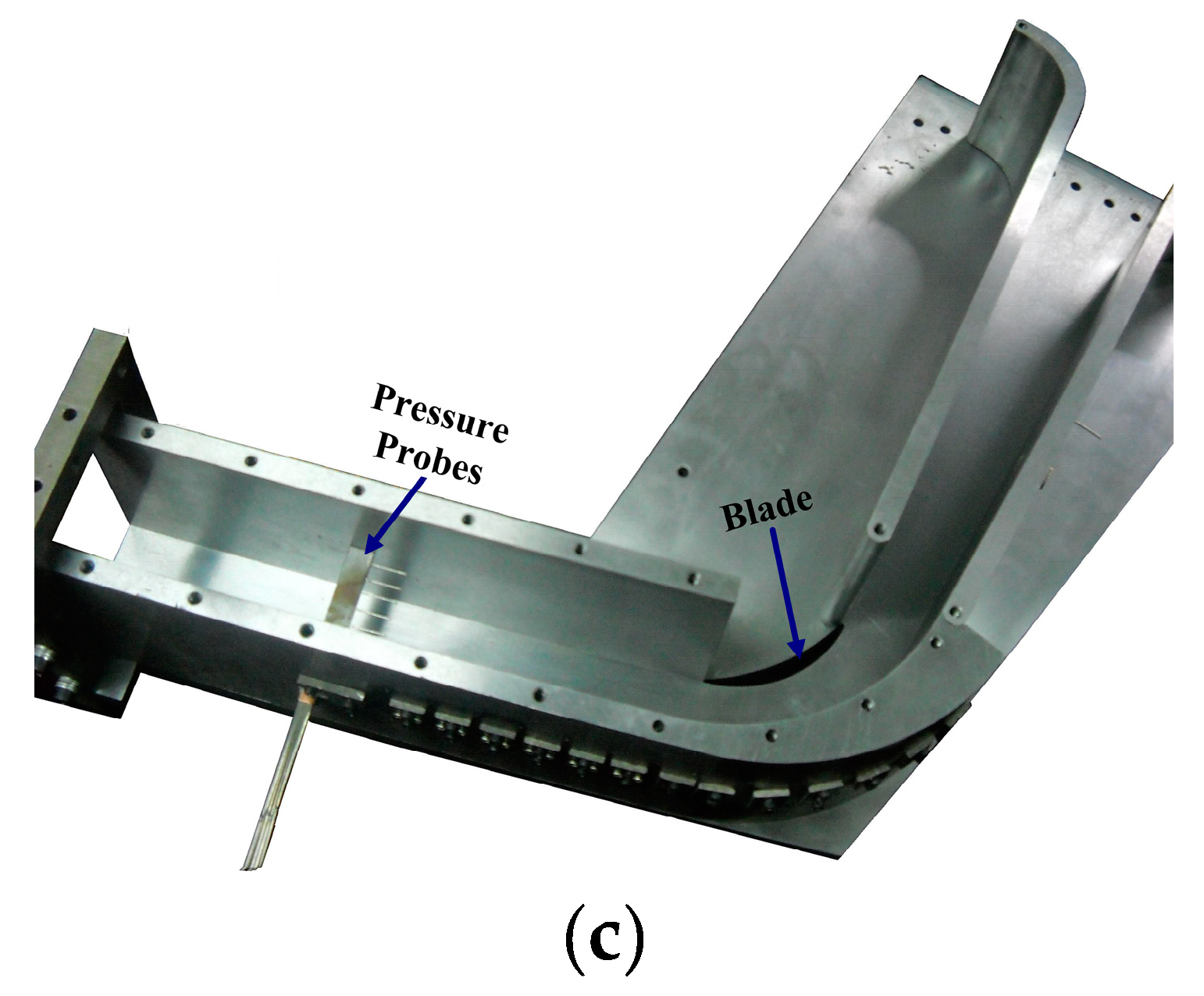
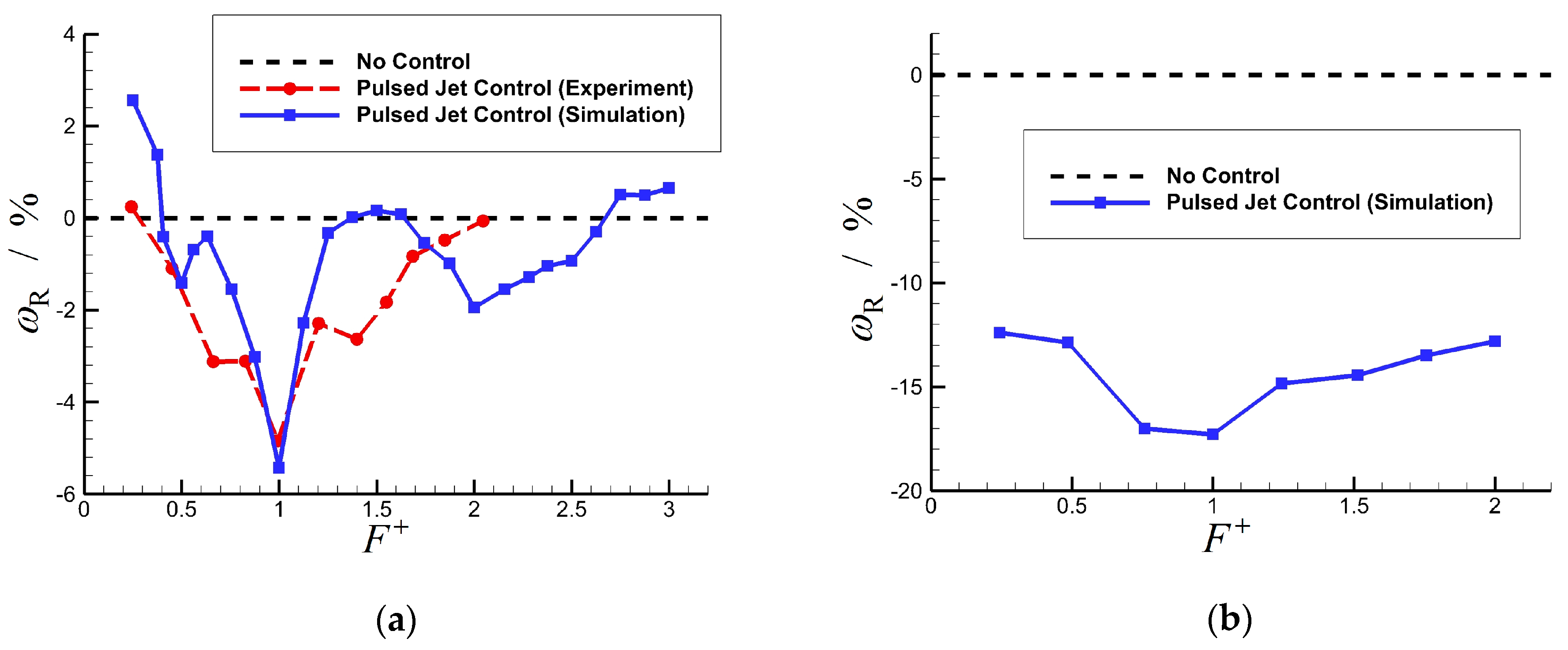

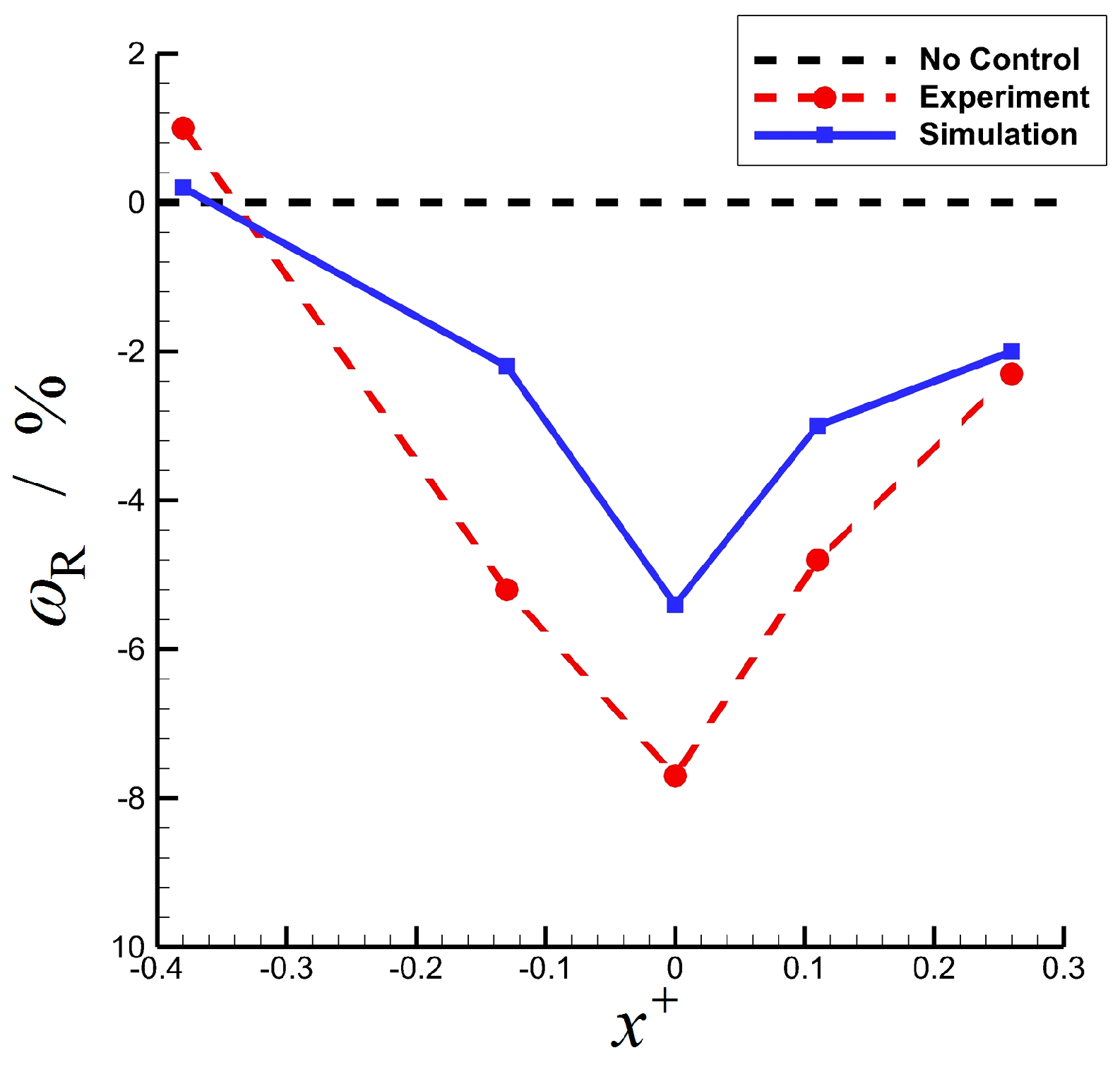

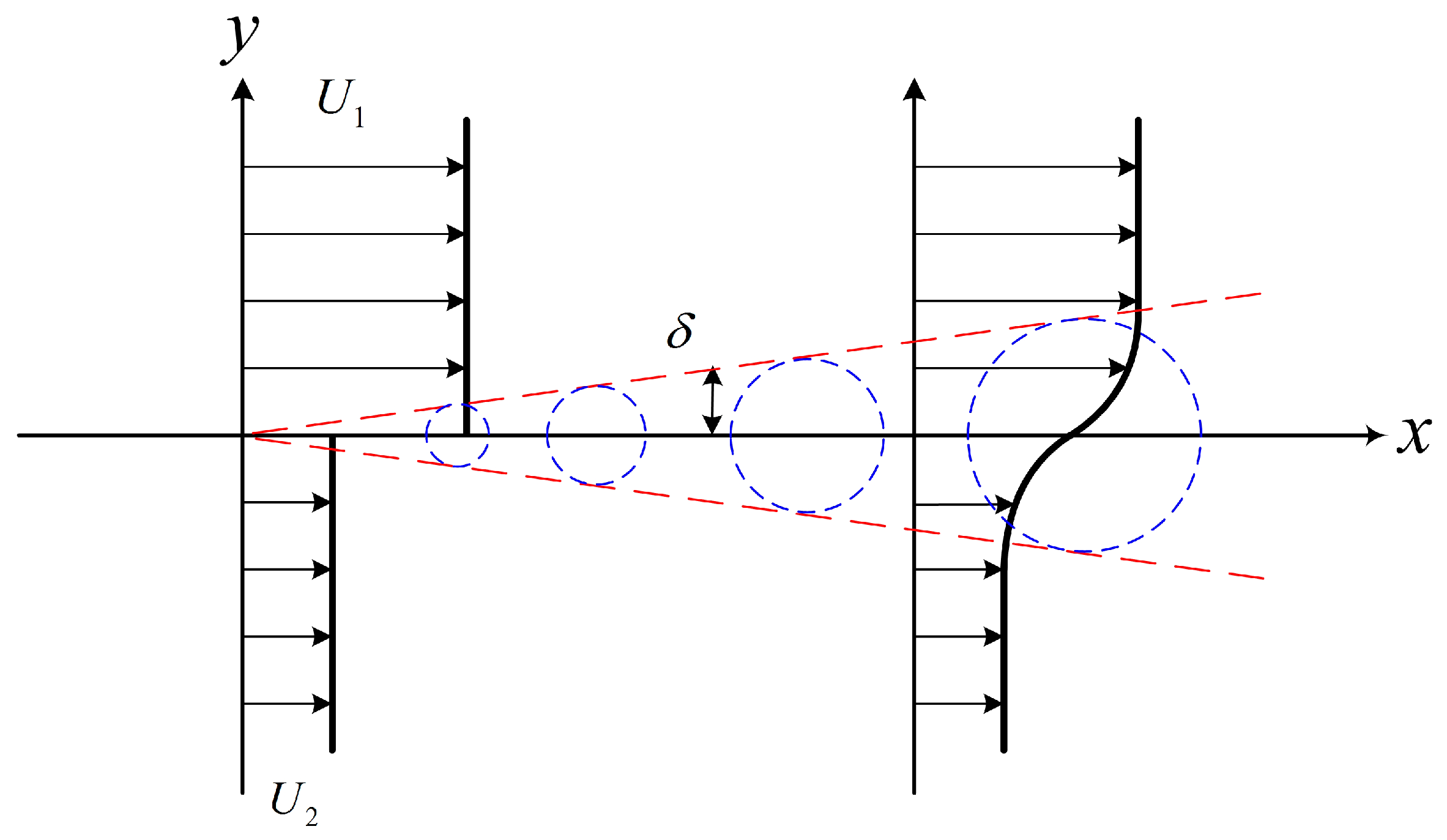
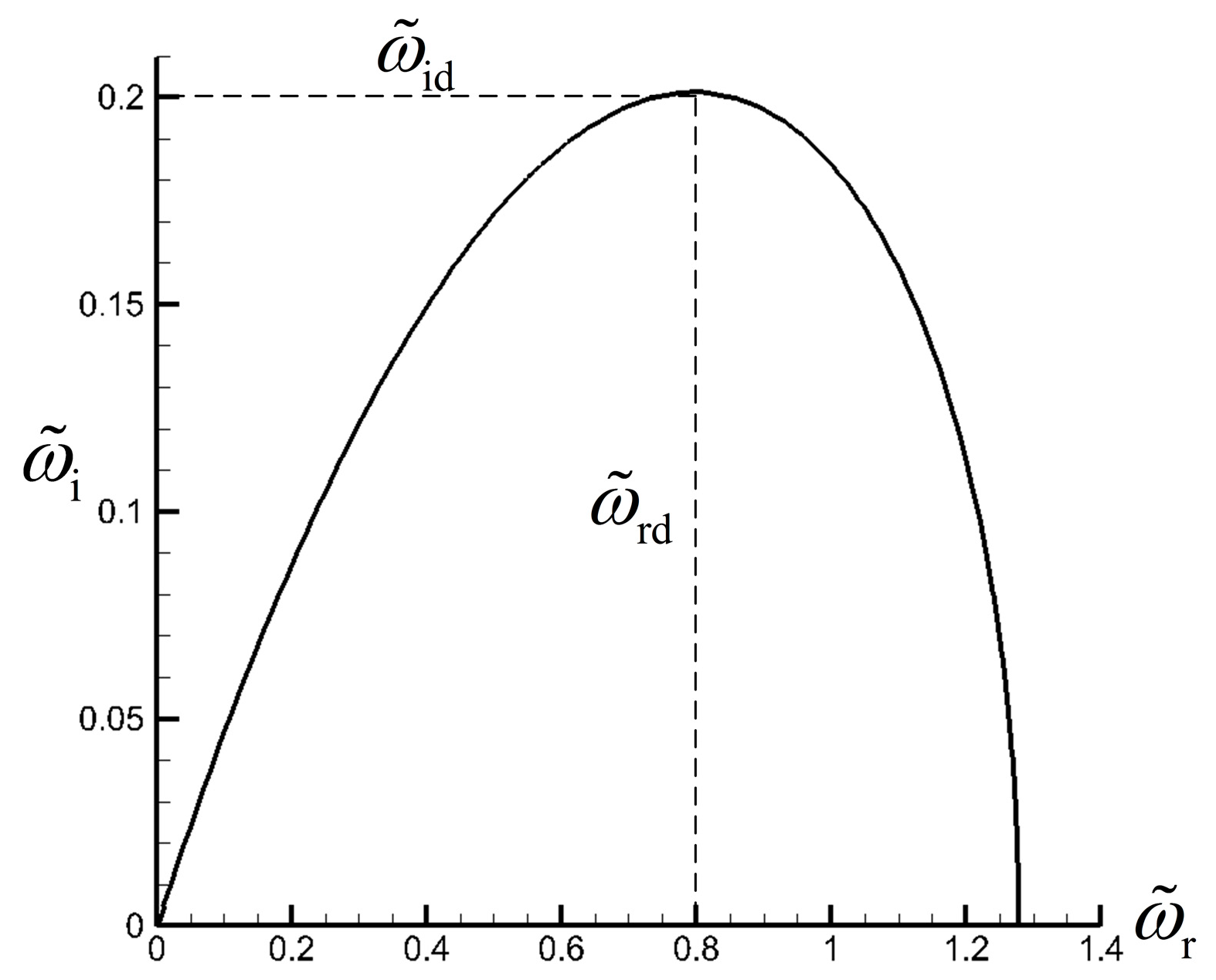


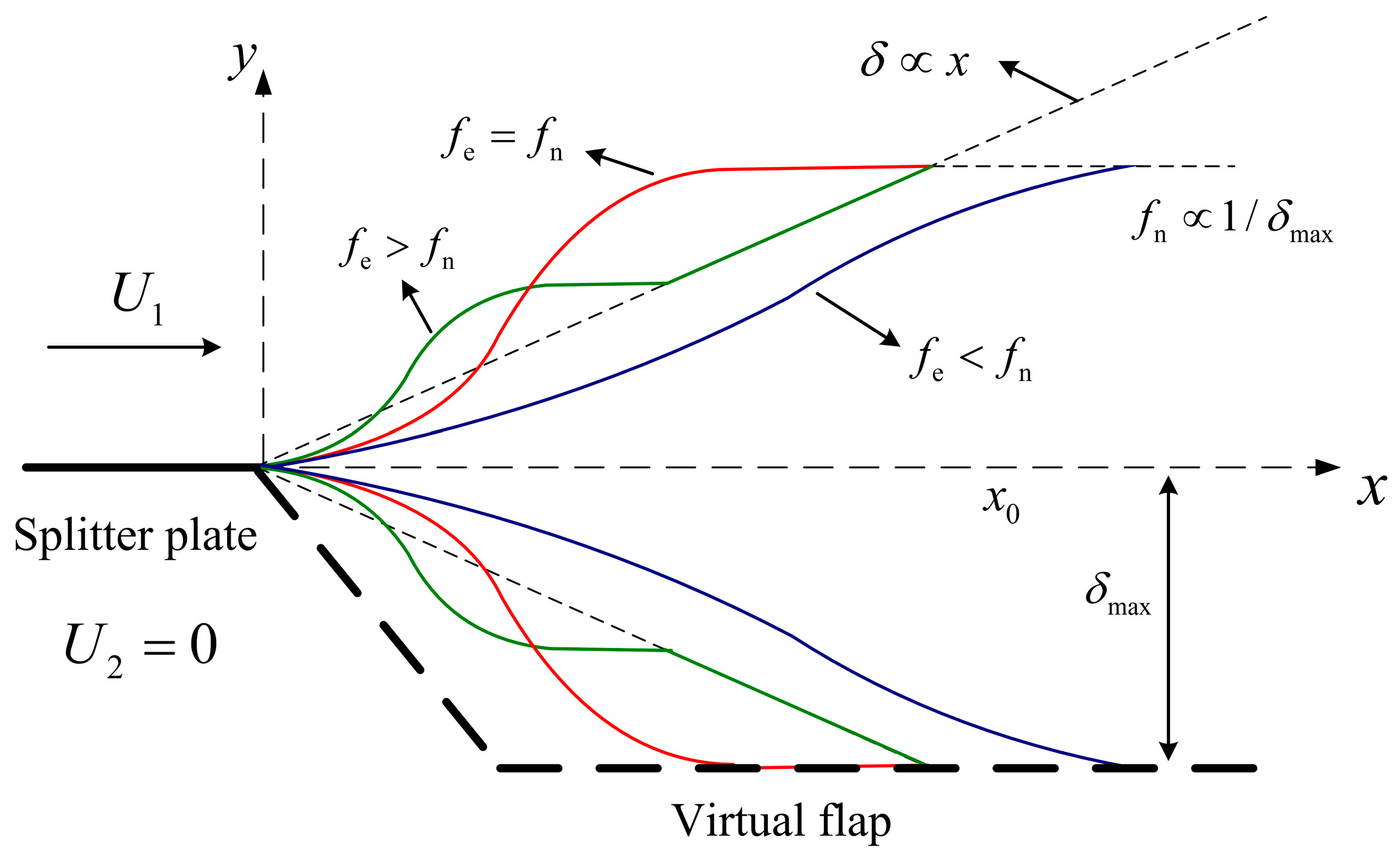
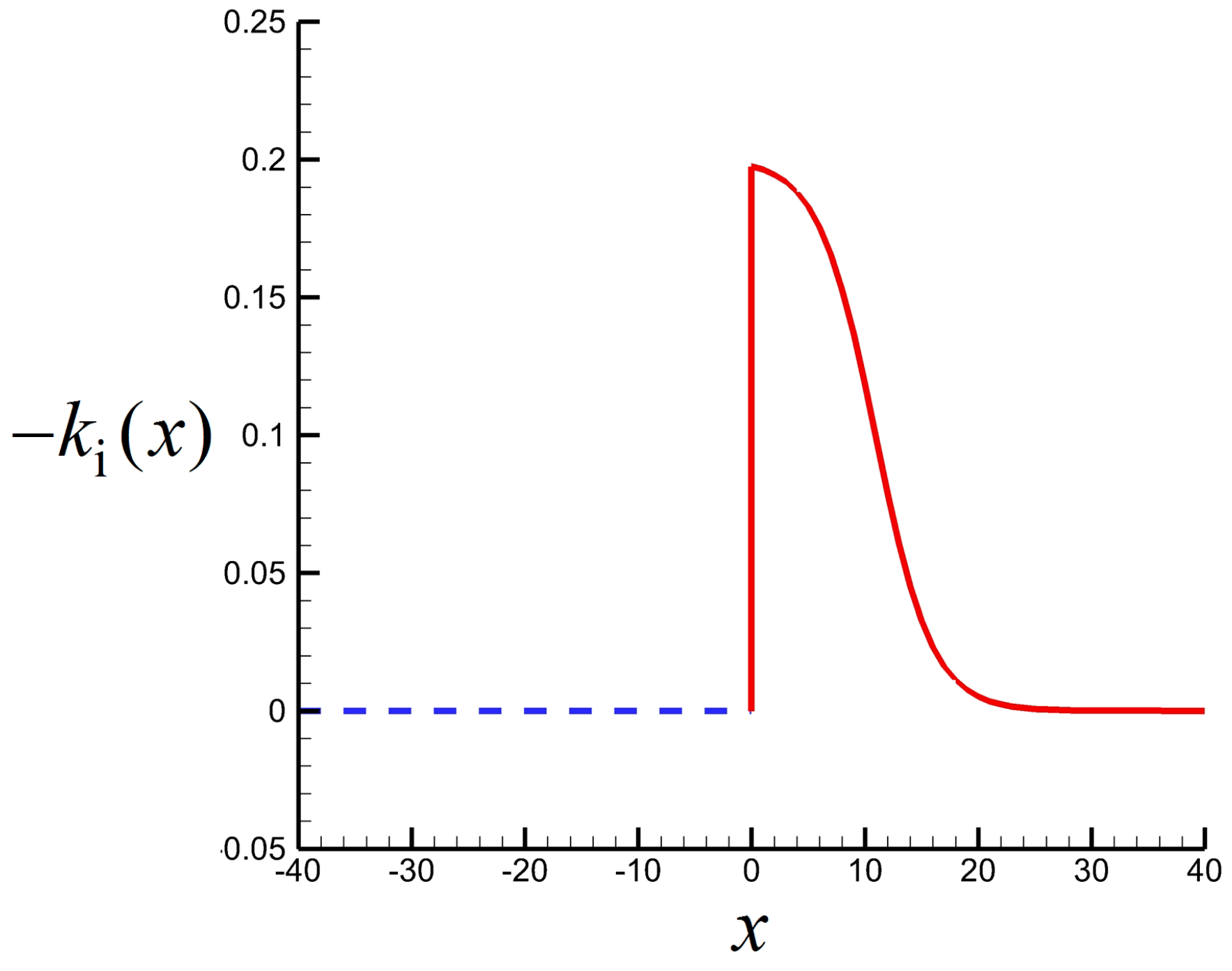
| Unsteady Flow Control Methods | Brief Description |
|---|---|
| Acoustic excitation | Acoustic excitation is produced by a sound source and is used to excite the boundary layer to control its transition or separation |
| Synthetic jet | Synthetic jet uses the wall vibration of a cavity to form periodic suction and blowing. Its mass flow input is zero, while momentum output is not zero. |
| Pulsed jet | Pulsed jet uses high-pressure air sources and periodically opens and closes valves to form periodic jet disturbance. |
| Wall oscillation | Wall oscillation is set a movable wall, which can vibrate periodically at the appropriate position, so as to reduce the flow resistance or separation. |
| Traveling wave wall | Traveling wave wall control originated from bionics. Proper Travelling Wave can capture a series of stable vortices and separate the mainstream from the wall (serving as “Fluid Roller Bearings”), resulting in the reduction of flow resistance or separation. |
| Plasma actuator | Plasma actuator uses the plasma motion under electromagnetic force or the temperature and pressure changes caused by gas discharge to control the flow field. |
© 2019 by the authors. Licensee MDPI, Basel, Switzerland. This article is an open access article distributed under the terms and conditions of the Creative Commons Attribution (CC BY) license (http://creativecommons.org/licenses/by/4.0/).
Share and Cite
Lu, W.; Huang, G.; Wang, J.; Yang, Y. Interpretation of Four Unique Phenomena and the Mechanism in Unsteady Flow Separation Controls. Energies 2019, 12, 587. https://doi.org/10.3390/en12040587
Lu W, Huang G, Wang J, Yang Y. Interpretation of Four Unique Phenomena and the Mechanism in Unsteady Flow Separation Controls. Energies. 2019; 12(4):587. https://doi.org/10.3390/en12040587
Chicago/Turabian StyleLu, Weiyu, Guoping Huang, Jinchun Wang, and Yuxuan Yang. 2019. "Interpretation of Four Unique Phenomena and the Mechanism in Unsteady Flow Separation Controls" Energies 12, no. 4: 587. https://doi.org/10.3390/en12040587





